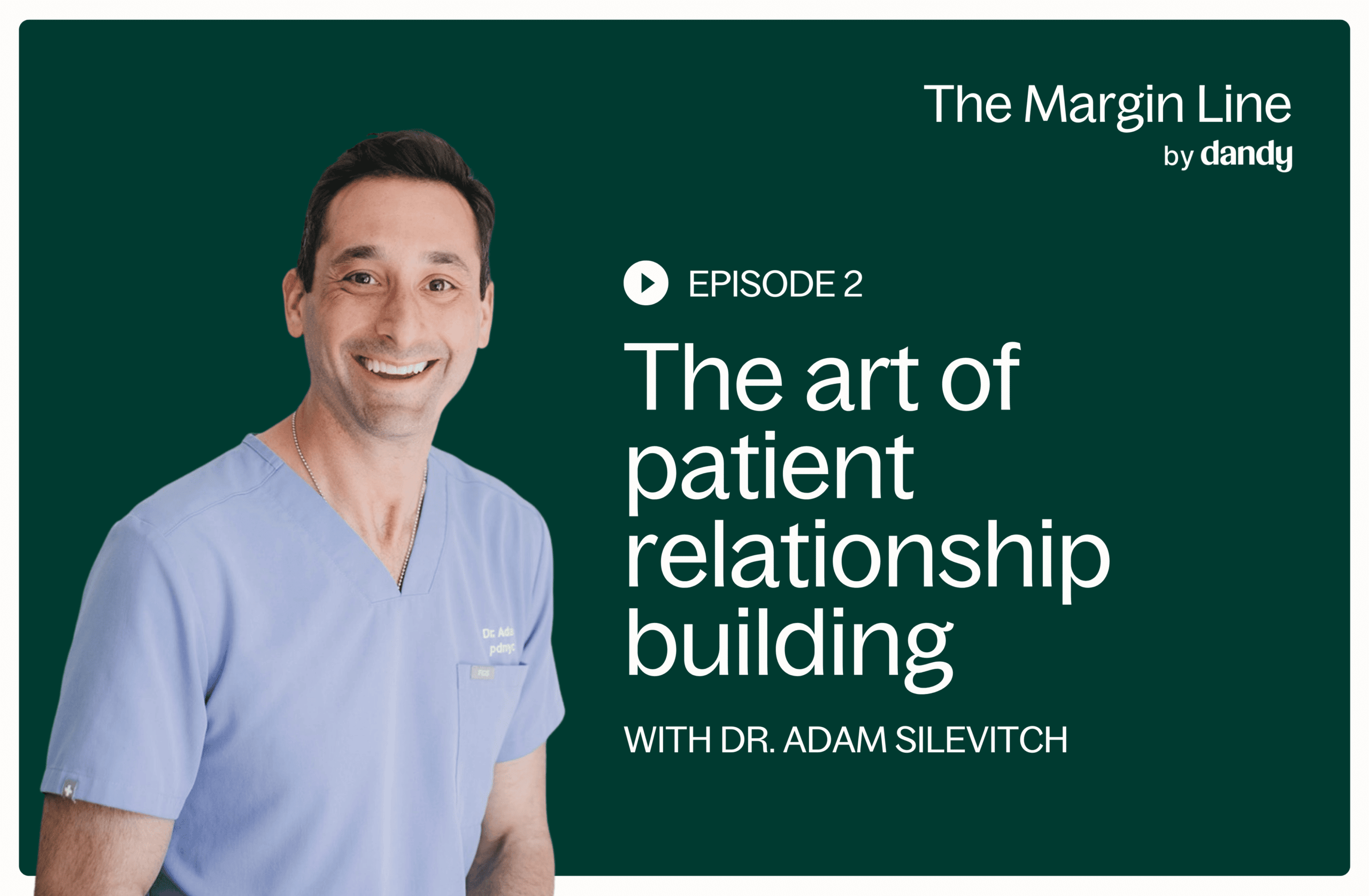Patient anxiety is common, and Dr. Adam Silevitch, a board certified pediatric dentist with a practice in Brooklyn Heights and in New York City, has seen an uptick after COVID, from both his patients and their parents. There are many ways to handle patient anxiety, but Dr. Silevitch shared on his episode of The Margin Line, that he uses a “whole body approach,” helping patients disconnect from their fear, earning his trust and feeling comfortable in his operatory.
Here are Dr. Silevitch’s tips for curbing dental patient anxiety:
1. Deep intentional breathing
The first thing to do is remind your patient (or their parent) to breathe deeply, slowly, and intentionally. The in-breath is equally important as the out-breath. “The breath is such a simple thing that we don’t think about, that we do thousands of times a day. Encouraging a patient to focus on their breath instantly calms the nervous system and brings them back to the present. What a wonder it does for anxiety,” says Dr. Silevitch. Deep breathing helps the patient disconnect from their anxiety and focus on trusting you as the practitioner.
Here are some breathing techniques to help calm dental patient anxiety.
2. Positive behavior reinforcement
Dr. Silevitch recommends using positive reinforcement—find something that your patient did well and compliment them on it! This will help them feel more at ease and more likely to view the dentist as a positive experience. For kids especially, earning their trust is key. This can be done early on by creating an atmosphere of fun engagement between you and the child (and the parent). Allow yourself to be the “go-to” resource of all things oral health. Don’t allow un-vetted, misinformation on social media infiltrate your patient’s education on oral health care.
And It’s not just children who benefit from positive reinforcement! Adults need education as well, especially when it comes to their oral health. Instead of just diagnosing their problem areas, talk to them about (or even show them) what they’re doing well so that they can continue that behavior, knowing that you’re invested in their oral health success.
3. Stay engaged with the patient
You can use this chair time to engage with your patients, talk to them about their lifestyle, and make sure they’re comfortable throughout their appointment. Remember: individualized care means individualized attention! Dr. Silevitch makes sure to schedule enough time for each appointment in order to talk to his patients and their parents. If possible, try to stay available outside of the office so that you can answer any questions they have as they come up. This way, you become a trusted resource to them and stay involved in their care in between appointments.
Creating a long-lasting relationship with patients:
At the end of the day, Dr. Silevitch boils his relationship-building technique down to positive energy and authenticity. If you and your staff create a positive environment for dental treatment, it will not only help manage your patient’s anxiety, but ultimately maintain a long-term relationship with your patients. “I have a following of patients who start seeing me when they are one or two, and they never leave. They want to stay until they’re 32 and bring their own children here. I now have patients coming back from college asking me, ‘will you see me?’ My long-standing relationships with our patients is my true measurement of success.”
Watch or listen: The Margin Line




